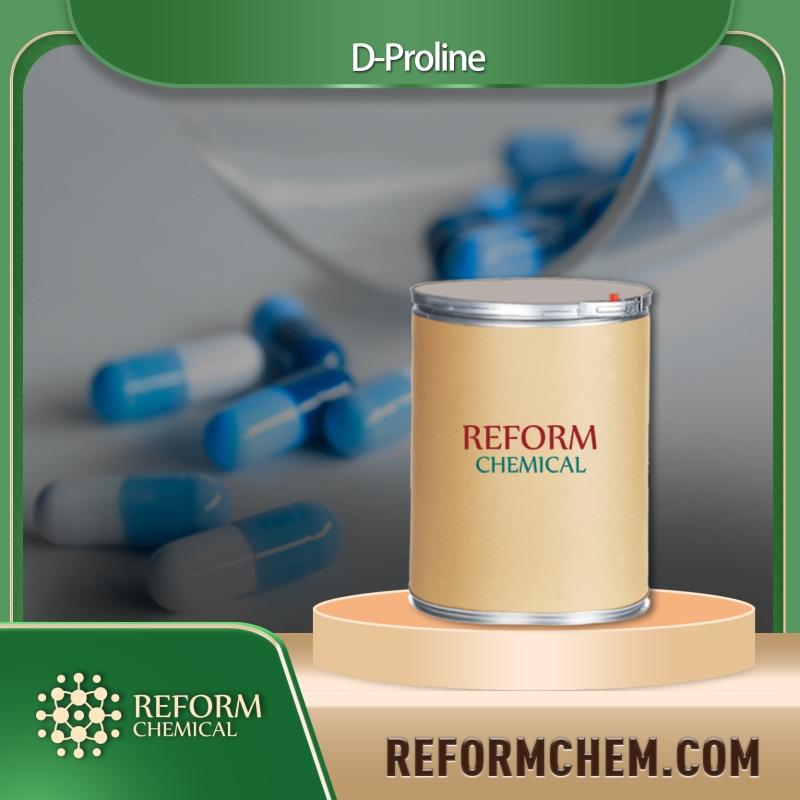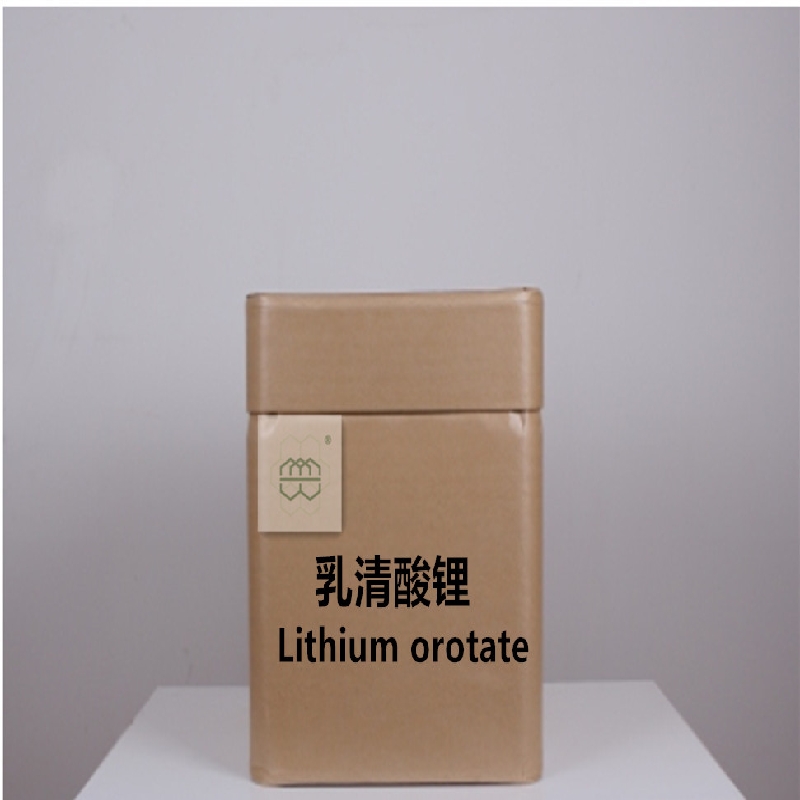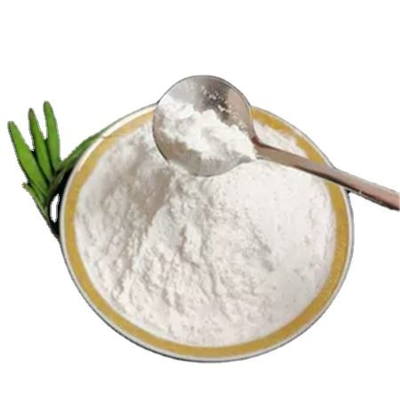-
Categories
-
Pharmaceutical Intermediates
-
Active Pharmaceutical Ingredients
-
Food Additives
- Industrial Coatings
- Agrochemicals
- Dyes and Pigments
- Surfactant
- Flavors and Fragrances
- Chemical Reagents
- Catalyst and Auxiliary
- Natural Products
- Inorganic Chemistry
-
Organic Chemistry
-
Biochemical Engineering
- Analytical Chemistry
-
Cosmetic Ingredient
- Water Treatment Chemical
-
Pharmaceutical Intermediates
Promotion
ECHEMI Mall
Wholesale
Weekly Price
Exhibition
News
-
Trade Service
Lin Yuhuan
(Wuxi Vocational and Technical College of Commerce, Wuxi, Jiangsu 214153)
Abstract: All kinds of pastry foods are becoming more and more popular on the dining table and modern banquets, and the design and production of their appearance has attracted the attention of the majority of pastry practitioners
Keywords: pastry; food; food coloring; toning
1 The concept and function of food additives
Food additives refer to artificial or natural substances added to food to improve the quality, color, aroma, and taste of food, as well as for the needs of anti-corrosion, preservation and processing technology, including nutritional fortifiers [1]
Food additives can be divided into two types: natural additives and artificial additives.
2 Food coloring
Food coloring, also known as coloring agent, is a food additive for the purpose of food coloring
2.
Natural pigments are mainly food pigments extracted from natural animals, plants, microorganisms and inorganic products, such as chlorophyll, tea yellow pigment, tomato red and other pigments extracted from vegetables and fruits; lac red extracted from animal tissues , Cochineal red and other animal pigments; Monascus pigment extracted from microorganisms, and inorganic pigments such as titanium dioxide and iron oxide red that exist in nature
Natural pigments have the following advantages
2.
Synthetic food pigments are mainly organic pigments made through chemical synthesis
3 pastry tinting process
The colors of the pastry only need to be simple collocation and combination, using the cold and warm, strong and weak, light and dark of the food color to color design, and create around the theme of the banquet
Method
(1) Coloring method
(2) Spray color method
(3) Lying color method
(4) Chromatography method
The use of food coloring to make pasta needs to meet certain criteria, such as safety and hygiene, natural color matching, and simple process operation
4 pastry color
4.
1 Application of pastry color
4.
1.
1 The natural beauty of pastry
In the process of making pastry, making full use of the original colors of the raw materials for matching can make the appearance of the pastry more natural, the color tone more beautiful, and it can also make the pastry safer and more hygienic
.
Therefore, in the process of making pastry, we should try our best to explore ways and methods to utilize the inherent color matching of pastry
.
Maintaining the inherent color of the pastry crust is the preferred strategy for the use of color.
The pastry produced by this method has natural color, simple and convenient operation, and is relatively safe and hygienic
.
4.
1.
2 A small amount of embellishment
That is, on the basis of the inherent color, the pastry dots are decorated with a little color
.
The garnishing raw materials are generally edible raw materials, such as garnishing some green onions on white steamed buns, which can imply innocence
.
4.
1.
3 Proper toning
In order to match the attractive pastry color, you should master the knowledge of color toning
.
In this regard, the principle of three primary colors can be used, and the three color liquids of red, yellow and blue can be used to adjust the appropriate hue
.
4.
1.
4 Control additive color
This part is mainly to limit the amount of edible synthetic pigments.
While achieving the improvement of color, it should be controlled below the amount that causes harm to the human body
.
Therefore, the pastry chef should resolutely put an end to the use of non-edible colorings in the process of matching the color of the pastry, and use the colorings reasonably in strict accordance with the relevant regulations
.
4.
2 The effect of the cooking process on the color of the pastry
The influencing factors of pastry color not only come from the raw materials, but the mutual influence between raw materials, heating technology and other processing links will all have an impact on the formation of pastry color
.
Therefore, research on the factors affecting the formation of pastry color, explore the relationship between the physical and chemical changes of pastry making process and the color of pastry, and further use color matching
.
4.
2.
1 Sugar coking coloring
The so-called sugar coking reaction refers to the process of dehydration or degradation of sugars lacking amino compounds when heated above their melting point, and then condense to form a thick dark-brown product, that is, caramel pigment
.
Because some pastries contain a certain amount of sugar, the sugar in the pastry will gradually undergo a coking reaction when the sugar is baked and fried, and the final pastry product will show golden, brown and other colors, reaching the opposite side.
The purpose of point coloring
.
4.
2.
2 Maillard reaction coloring
Maillard reaction refers to the condensation and addition reaction of amino group and reducing monosaccharide or polysaccharide carbonyl group, and then a series of complicated reactions such as dehydration, cleavage and condensation to generate macromolecular substance like melanin
.
The substances produced by the Maillard reaction can produce fragrance and impart attractive color, while also having a certain degree of oxidation resistance
.
Research at this stage has found that the reaction substrate, temperature, time, and pH will all have an impact on the Maillard reaction
.
4.
2.
3 Brush egg coloring
Egg coloring is a method of brushing egg liquid on the green body and coloring it after baking
.
The finished pastry colored by brushing eggs presents a golden color and attractive appearance, which is easy to arouse the appetite of diners
.
Brushing egg coloring requires uniform brushing on the green body and moderate movement speed, so that the baked product is more beautiful
.
4.
2.
4 Baking coloring
The green pastry can also be colored after being baked at a high temperature
.
The principle is that after high-temperature baking in a high-temperature oven, water evaporates, resulting in a coking reaction of sugars to form golden, brown and other colors
.
The color of the pastry can be adjusted by controlling the temperature and the length of the baking time
.
With 170 ℃ and 240 ℃ as the critical points respectively, light-colored pastries will be baked below 170 ℃, darker pastries will be baked at 170~240 ℃, and dark yellow pastries will be baked at above 240 ℃6
.
5 Conclusion
Using food pigments through color mixing, color spraying, horizontal coloring, and color matching techniques, it is possible to produce delicious pastry foods with exquisite appearance to meet people's growing demand for food
.
When making pastry foods, edible natural pigments should be used as much as possible to color, and the amount of color should be strictly controlled in the color to make it meet the relevant national safety standards
.
In actual production, the pastry chef, according to the characteristics of different varieties and the law of color change after cooking, adhere to the principle of using less color and elegant when matching colors, and try to maintain the natural flavor attributes of the food to meet the actual requirements of green and healthy Idea
.
references
[1] National People's Congress.
Food Safety Law of the People's Republic of China [EB/OL].
(2015-04-24) [2021-09-15].
http:// /25/content_2853643.
htm.
[2] Hou Zhenjian.
Redefinition and category definition of food additives , food ingredients, and food ingredients[J].
Food and Machinery, 2012, 28(2): 238-240.
[3] The National Health Commission of the People’s Republic of China.
Standards for the use of food additives [EB/OL].
(2011-04-20) [2021-09-15].
http:// aqbz/201106/a2cedb1c45894acdba5790ca164883aa.
shtml.
[4] Shao Wankuan.
Chinese pastry[M].
Beijing: China Commercial Press, 1995.
[5] Zheng Wenhua, Xu Xu.
Research progress of Maillard reaction[J].
Progress in Chemistry, 2005(1): 122-129.
[6]Shi Kui.
On the color and texture of noodles[J].
Journal of Harbin Vocational and Technical College, 2007(5): 121-122.







